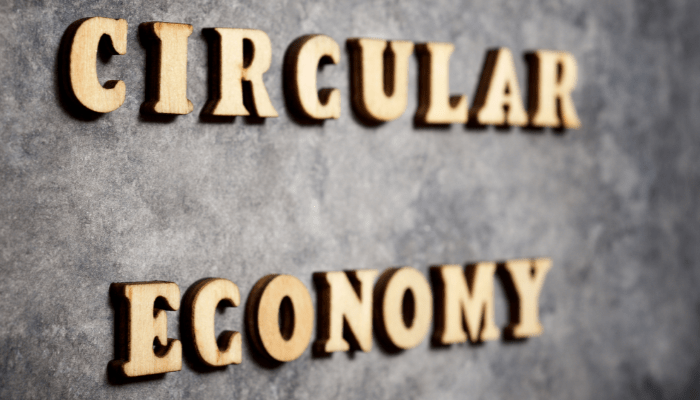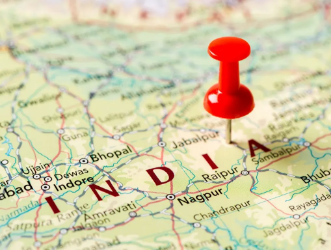India published Policy Paper on Circular Economy in Electronics and Electrical Sector

India’s Ministry of Electronics and Information Technology (MeitY) published a draft policy paper Circular Economy in Electronics and Electrical Sector in May 2021. India is the third-largest consumer of raw materials produced globally. The electronics and electrical sector consumes various rare earth elements like iron, copper, silver, gold, aluminum, manganese, chromium, and zinc. With the current economic trends, the estimated material to be consumed is nearly 15 billion tonnes by 2030. This policy paper presents India’s ambition to preserve and enhance natural capital, to ensure products’ longer use-life, and to tackle challenges of products’ end of life (e-waste).
This 48-pages policy paper draws upon existing regulations and policies that can be used as tools to facilitate a smooth transition to the circular economy. It also provides a roadmap for strategies that can be approached across products’ life cycle including raw material acquisition, product design, consumption, collection system, dismantling/recycling, and secondary material usage. This paper also indicates that the committee plans to draft the action plan with key measures across the value chain. On the national level, a National Circular Economy Council (NCEC), a multi ministry-level agency, is proposed to be in charge for promoting the circular economy in India. As a part of this Council, a roundtable with different stakeholders as well as industrial representatives will be invited.
In a report published by the Ellen Macarthur Foundation in 2016, a circular economy development path in India could create an annual value of ₹14 lakh crore (US$ 218 billion) in 2030 and ₹40 lakh crore (US$ 624 billion) in 2050 compared with the current development scenario. By adopting circular economy approaches, businesses could achieve material cost savings and increase their profits, and could significantly mitigate negative environmental externalities. The foundation selected cities and construction, food and agriculture and mobility and vehicle manufacturing to analyze circular economy opportunities.
In July 2020, at the EU-India summit, a joint declaration on India-EU Resource Efficiency and Circular Economy Partnership was published. The Partnership should support and strengthen cooperation between India and the EU on resource efficiency and circular economy in areas including building and construction, food, garment and textiles, the mobility sector, the Information, and Communication Technology (ICT) sector, renewable energy, circular business and service models, sustainable public procurement and waste management.
The draft policy paper is available for public comments and suggestions latest by 31 May 2021.




